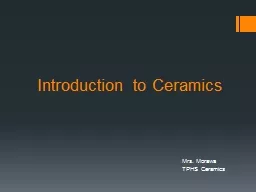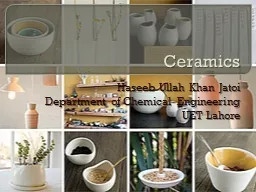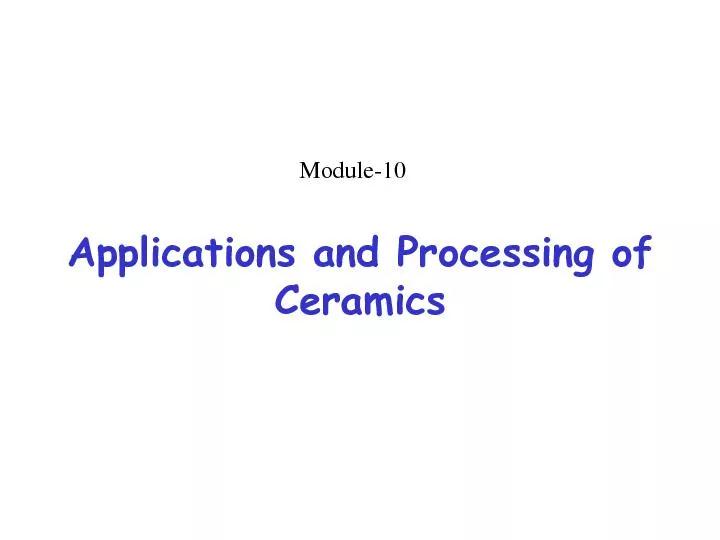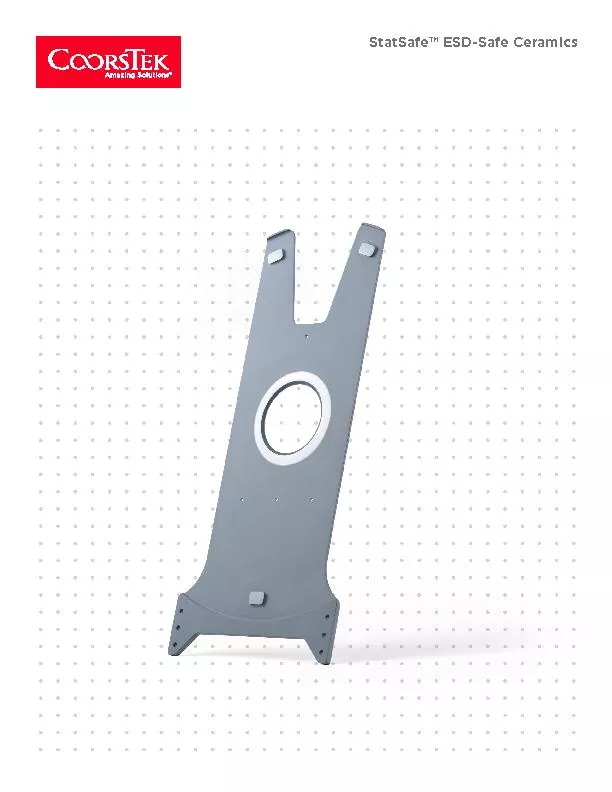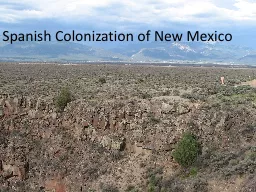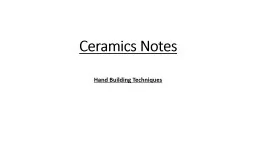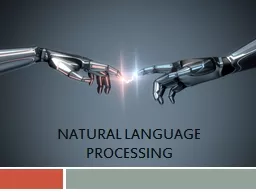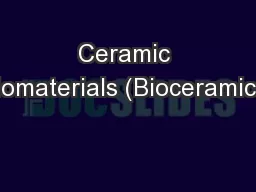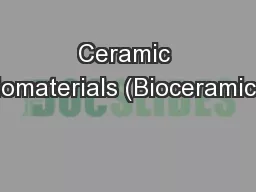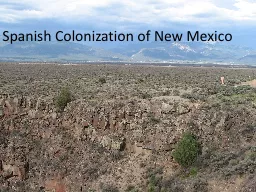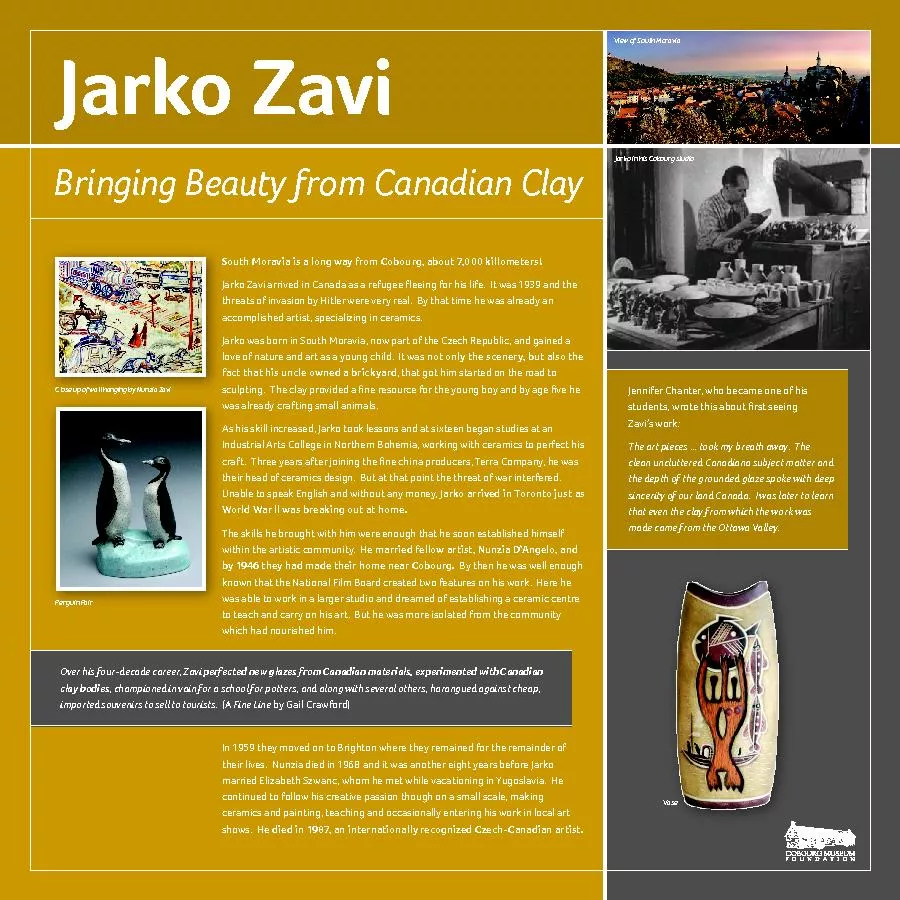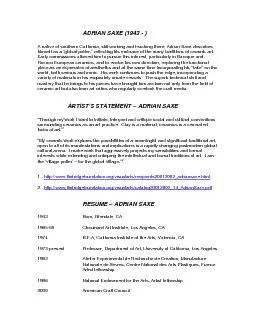PPT-Introduction to Ceramics
Author : karlyn-bohler | Published Date : 2018-01-16
Mrs Morawa TPHS Ceramics What is Ceramics Ceramics is the art and science of making more or less permanent objects from earthy organic materials when they are subject
Presentation Embed Code
Download Presentation
Download Presentation The PPT/PDF document "Introduction to Ceramics" is the property of its rightful owner. Permission is granted to download and print the materials on this website for personal, non-commercial use only, and to display it on your personal computer provided you do not modify the materials and that you retain all copyright notices contained in the materials. By downloading content from our website, you accept the terms of this agreement.
Introduction to Ceramics: Transcript
Download Rules Of Document
"Introduction to Ceramics"The content belongs to its owner. You may download and print it for personal use, without modification, and keep all copyright notices. By downloading, you agree to these terms.
Related Documents

